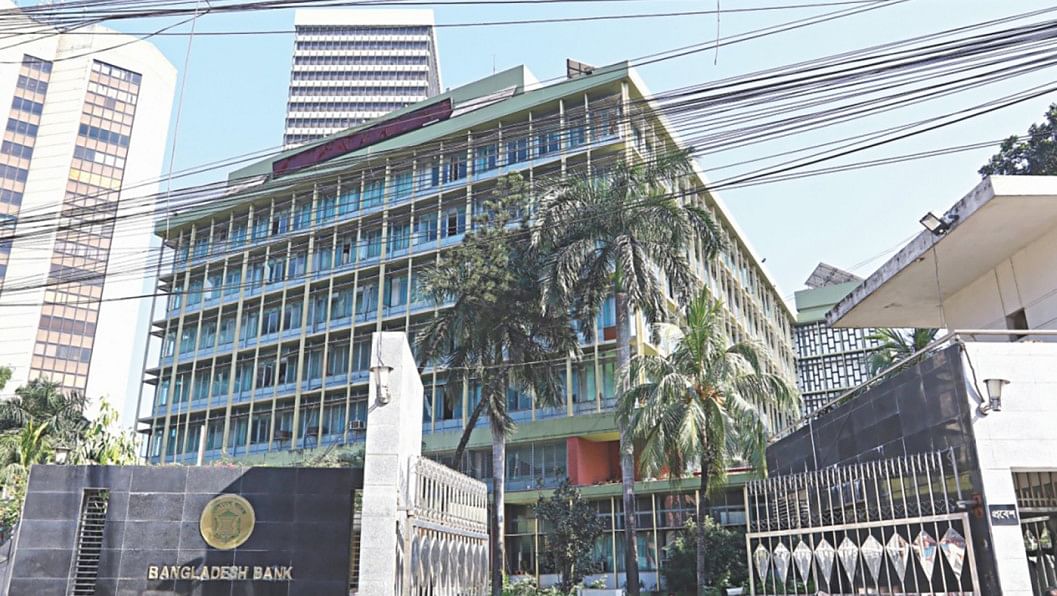Bangladesh’s Forex Reserves: Stability or a Prelude to New Pressures?

Reserves Under Scrutiny Amid Persistent Volatility
Bangladesh’s foreign exchange reserves have remained a focal point of economic discussion for several years. From a historic high of 48 billion dollars, reserves have now substantially declined. Over the past 10 months, reserves have fluctuated between 18 and 22 billion dollars. This dynamic is shaped by strong remittance inflows, steady export earnings, periodic debt repayments, and rising import expenses, creating a complex yet cautiously stable picture.
Current Reserve Position

According to the latest data from Bangladesh Bank, by the end of May 2025, foreign currency reserves stood at 20.54 billion dollars under the Balance of Payments Manual 6th edition (BPM6) calculation method. In April 2025, the reserves were at 22.04 billion dollars, marking a monthly decline of approximately 1.5 billion. Overall, for the past 10 months, the reserves have remained within the 18-22 billion dollar range.
Reserve Movements Over 10 Months: A Chronology
- July 2024: Reserves stood at 21.68 billion dollars at the start of the fiscal year but dropped to around 20 billion after Asian Clearing Union (ACU) payments.
- August to October 2024: Reserves declined further to 19.83 billion dollars.
- November 2024: Reserves touched a 10-month low at 18.61 billion dollars.
- December 2024: A sudden increase pushed reserves up to 21.39 billion dollars.
- April 2025: Reserves peaked again at 22.04 billion dollars.
- May 2025: After ACU payments, reserves dropped to 20.54 billion dollars.
Strong Remittance, Export Growth, Yet Reserve Growth Remains Elusive
In the current fiscal year, remittances have grown by nearly 28%, while export earnings increased by around 10%, adding roughly 9 billion dollars to the economy. Despite this, reserves have not grown as expected. A deeper look identifies several contributing factors:

- Foreign Direct Investment (FDI): Decreased by 370 million dollars over 10 months.
- Foreign Grants: Dropped by 1.86 billion dollars.
- Medium and Long-Term Foreign Loans: Declined by 1.36 billion dollars.
- Cumulative impact: These factors together contributed to a 3.61 billion dollar shortfall.
In addition, an additional 2.42 billion dollars have been spent on increased import costs, debt servicing, and service sector payments. Despite rising remittance inflows, large-scale debt repayments have prevented a significant reserve boost over the past three years.
Outlook: Stability or Pressure Ahead?
While reserves have managed to stay within a particular band, the underlying pressures remain. With external debt repayments and global financial volatility, Bangladesh’s reserve situation demands careful monitoring.
















